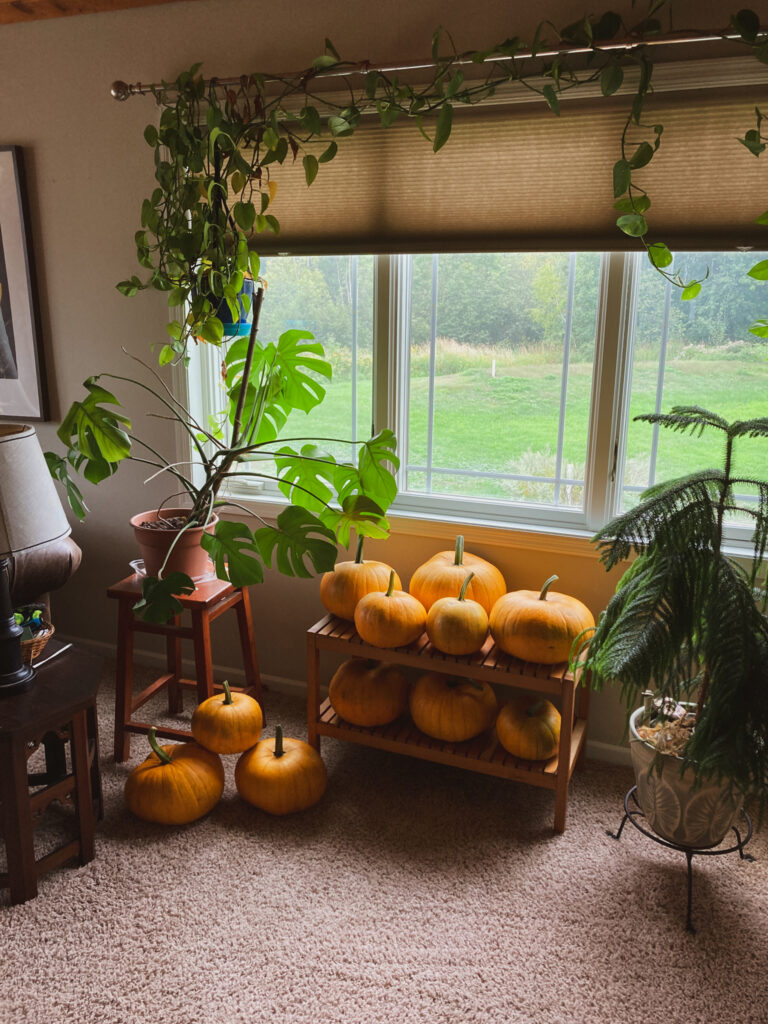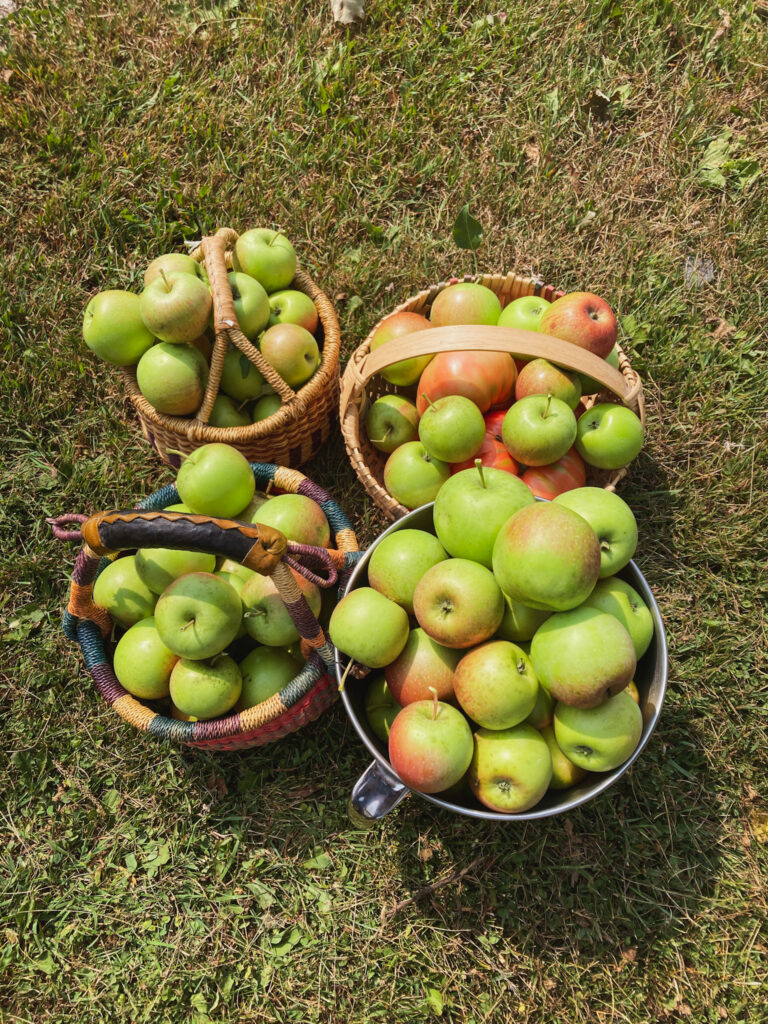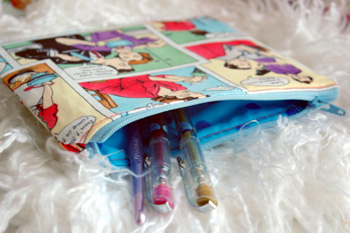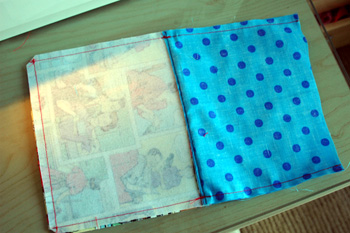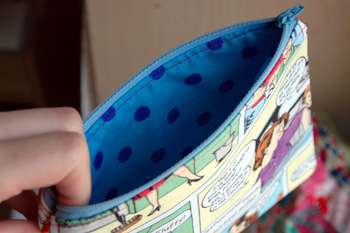I’ve decided to start from scratch, here on this blog. I’ve kept a blog since 2000, posting less and less… and less often as the years have gone on. I’m not into monetizing or posting sponsored content, and places like Instagram are so good for posting a quick photo and a quicker caption. But maybe, with a fresh start, I might like to start writing more again, in my own space.
I’m currently in harvest mode. We live out in the country, but my garden is modest. In fact, I had hardly any garden at all the past two years, because my daughters and I were much more interested in getting out in our new (to us) pop-up camper. All our gardens grew those summers were weeds and a few volunteer tomatoes!
This year, I put in the hours of weeding and turning and hauling up old bunny litter to add to our raised beds. Everything is a little wild and overgrown at this point in the year, but at least it’s mostly stuff that *I* put in there! We wound up with fourteen “Cornfield Pumpkins” (from Seedsavers), which are supposed to be good for carving — and I hope also eating, but we’ll see! It’s way more than we need, but it’s so satisfying to grow them.
Our apple trees are also doing their best this year. I planted them in 2018, and we had a few years where they would bloom like crazy but set no apples. Last year, I got a decent crop from the Haralson tree and a few from our Honeycrisp. This year, they’re both loaded! They’re still not very big trees, so the poor Haralson was bent nearly double under the weight of all its apples. I picked the top half of the tree a few days ago, to give it a break. There were 95 apples on just the top! They’re not 100% ripe yet, but they’re good enough for making apple sauce.
In anticipation of All These Apples, I bought myself a nice dehydrator this summer. I dried some slices yesterday (too thin, though), and today I’ve got several trays of apple sauce turning — hopefully! — into fruit leather. In the past, I’ve processed our apples by peeling and slicing them and then putting them in the freezer, but I just don’t bake with apples often enough to use them all. But fruit leather would be a nice treat!
There have been and are still a lot of other things to harvest, but apples and pumpkins are perfect for the first day of September!
